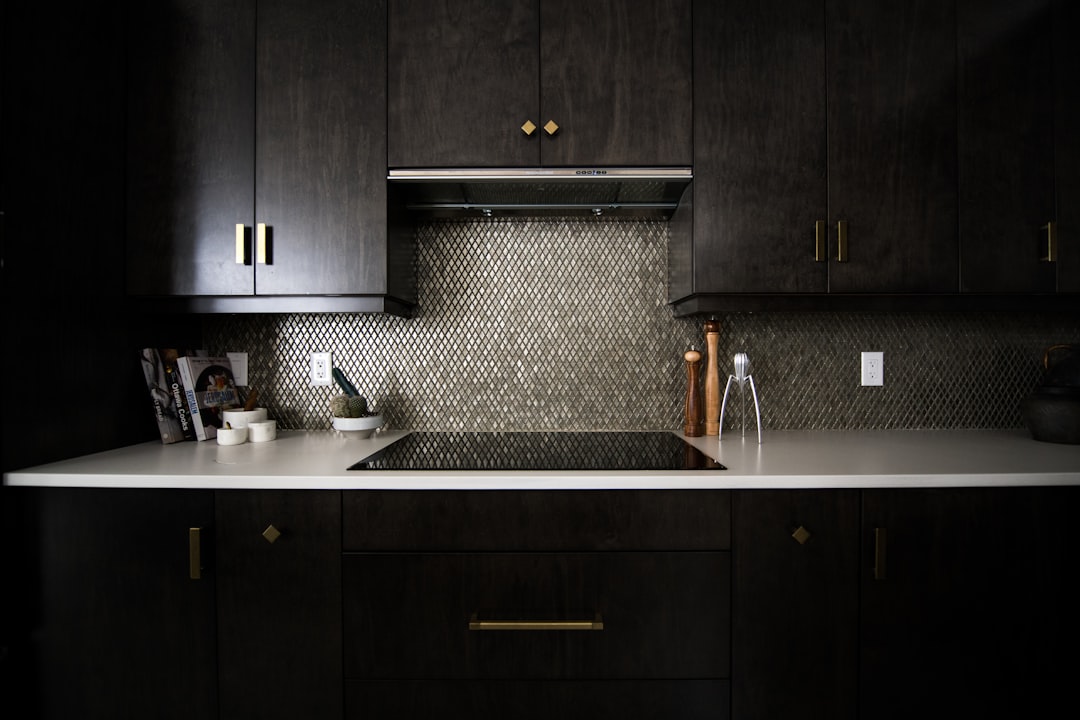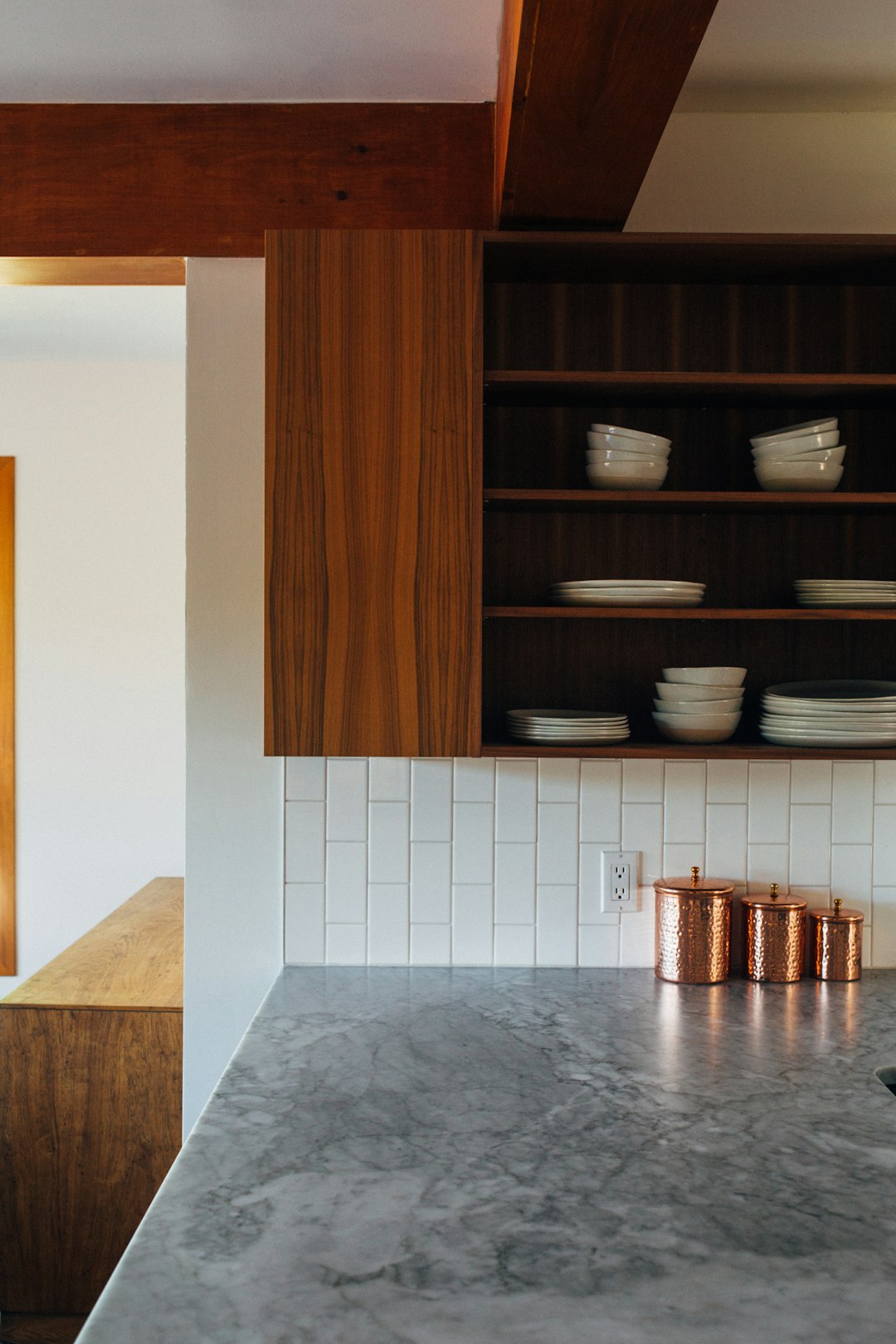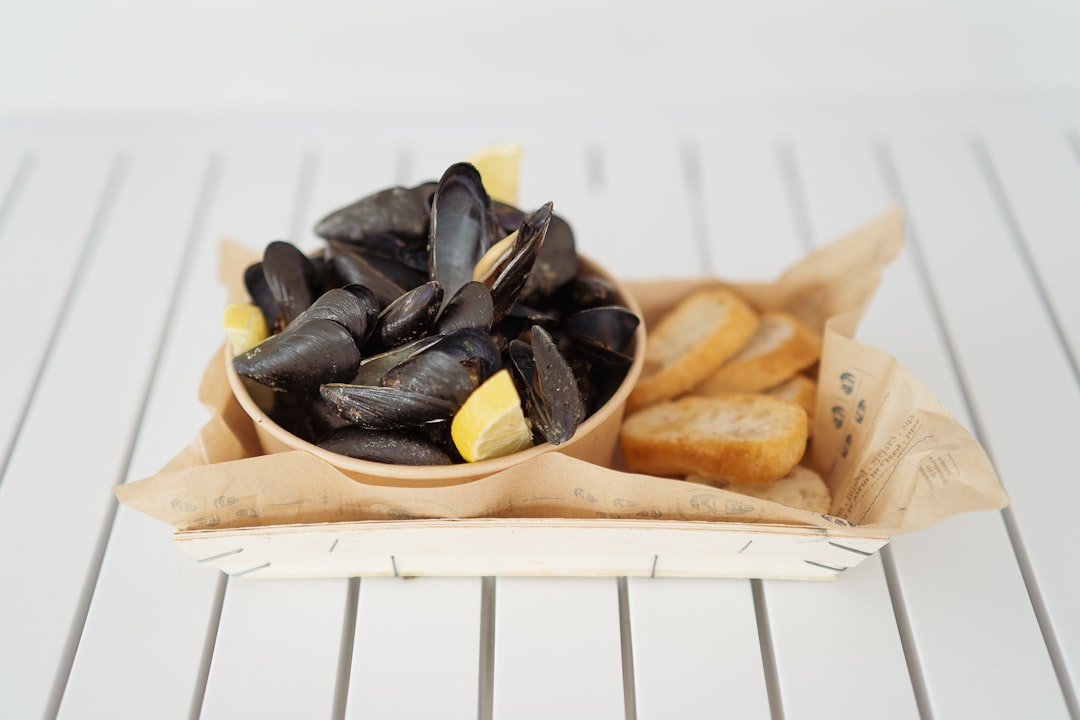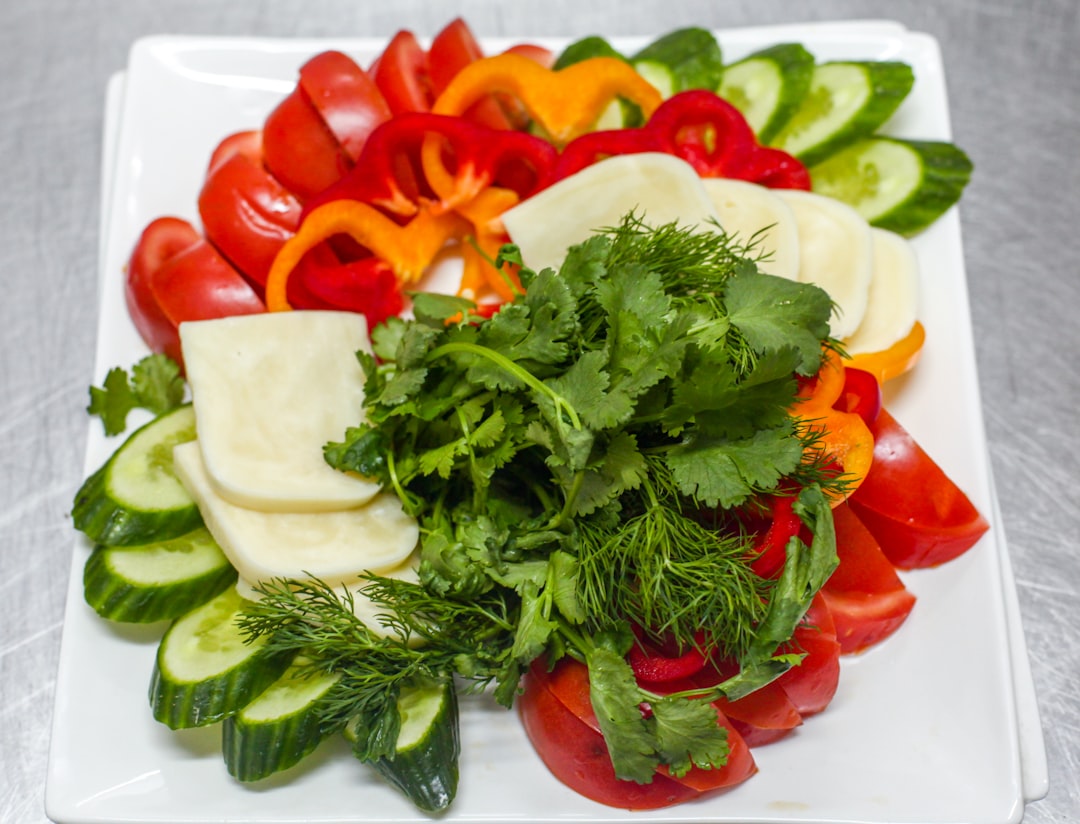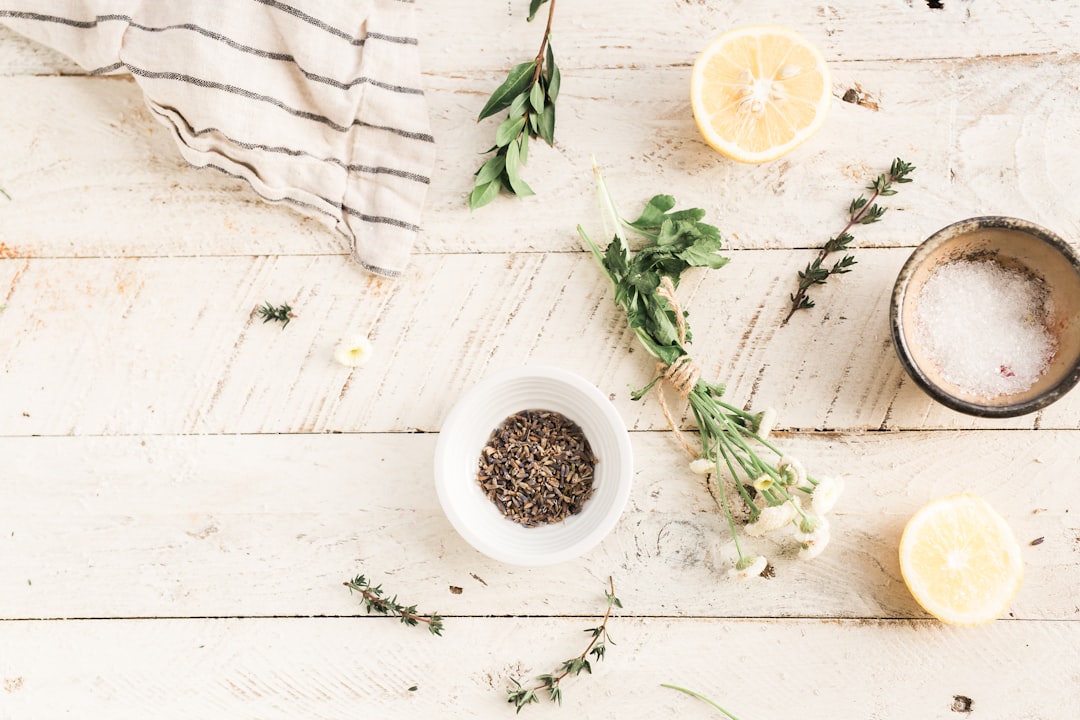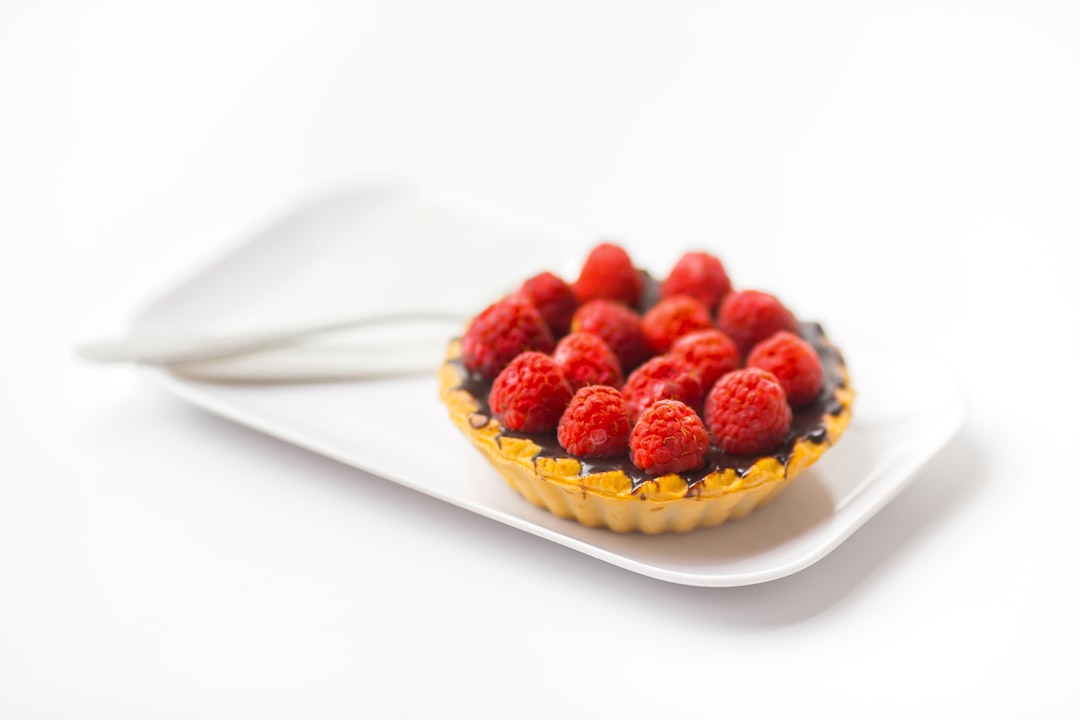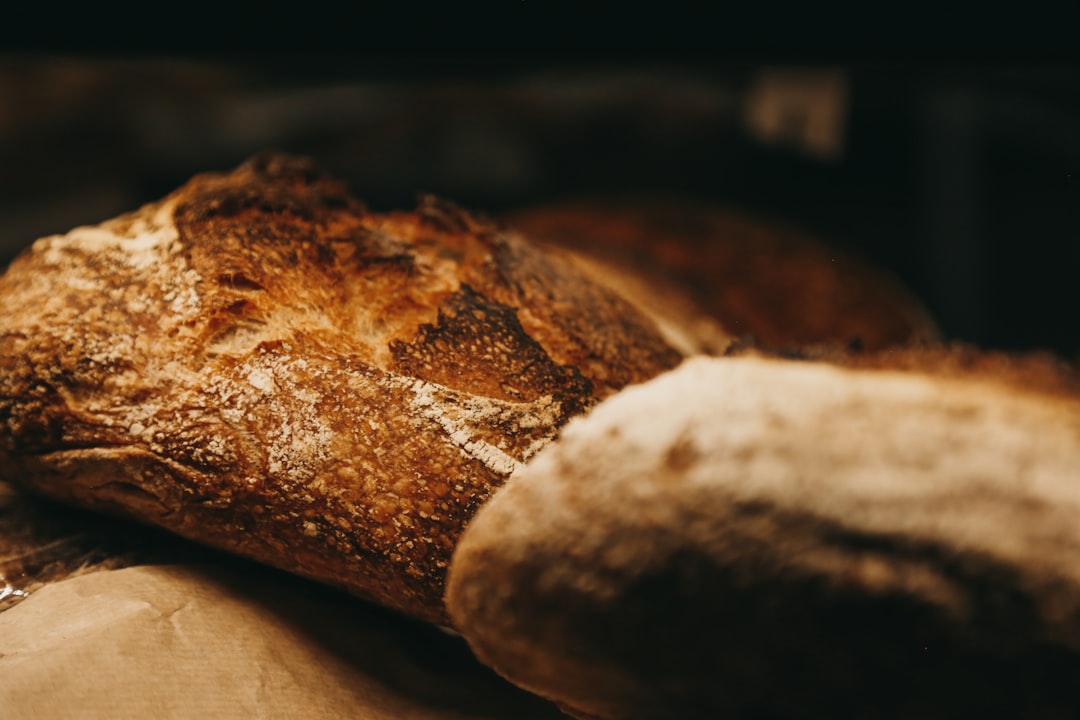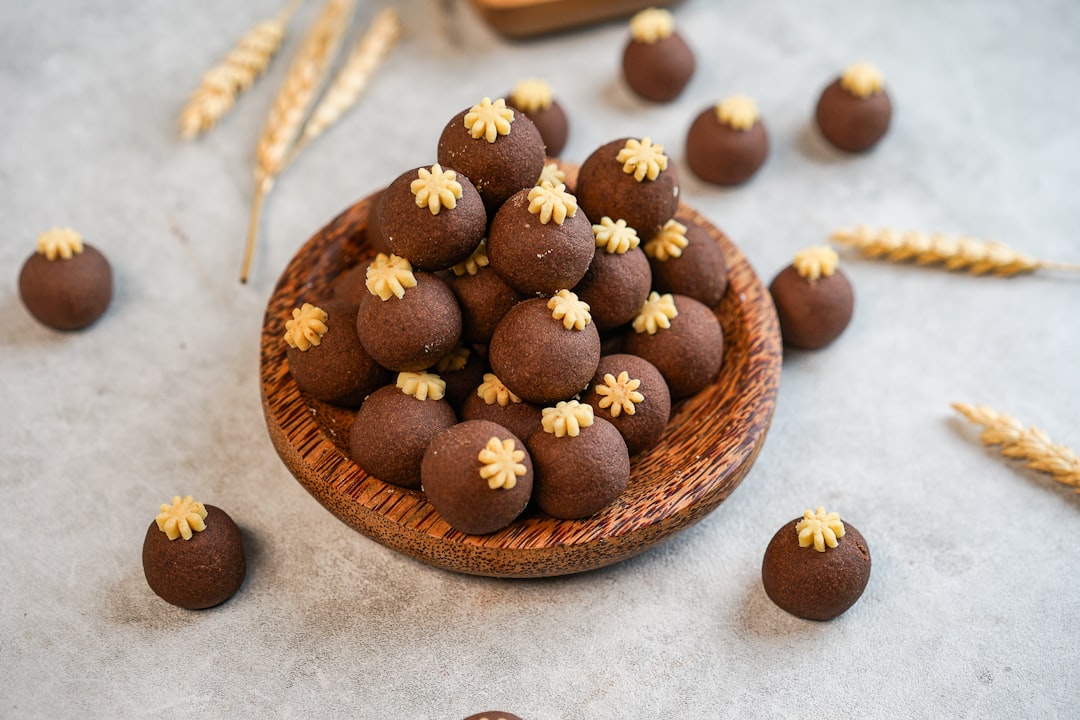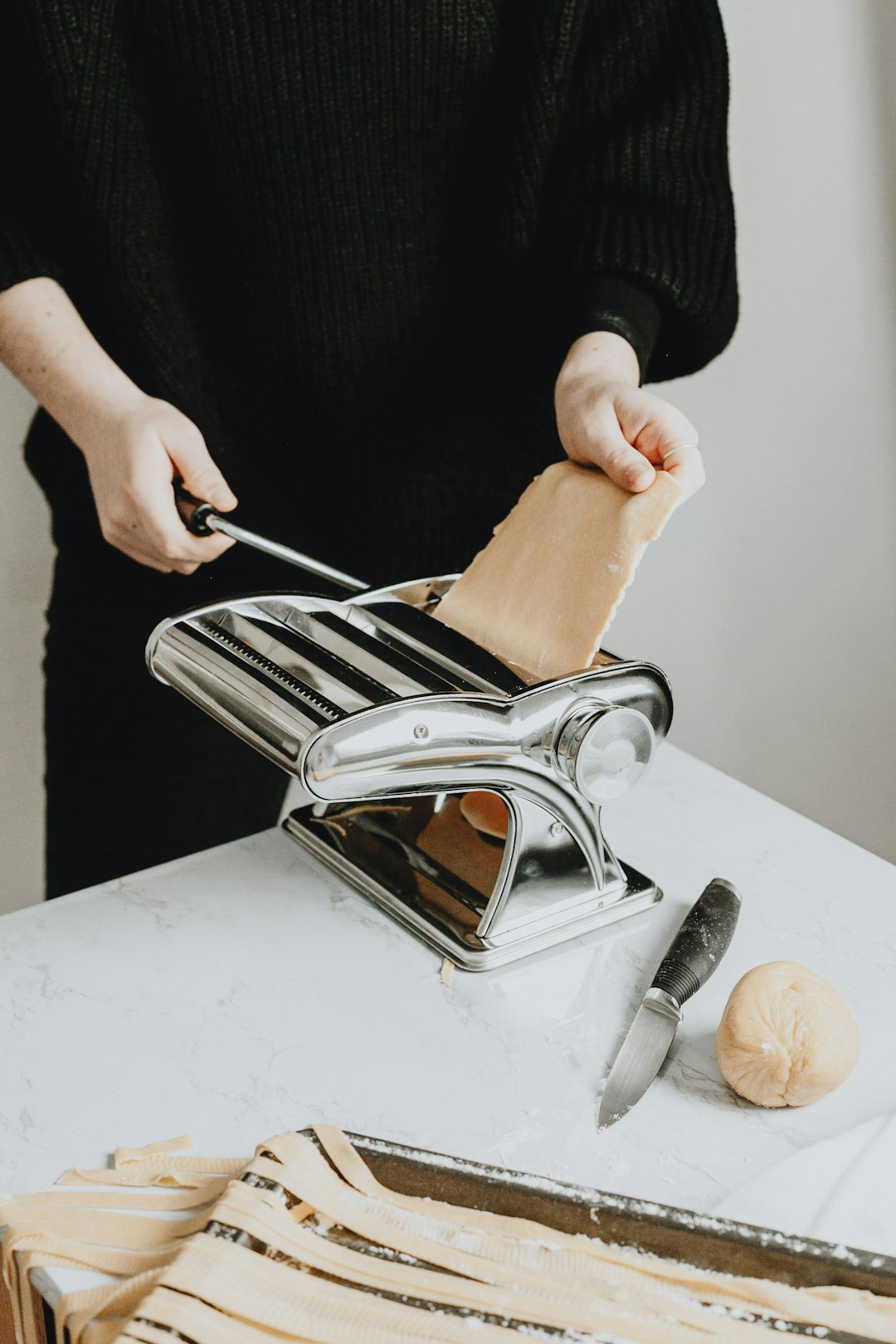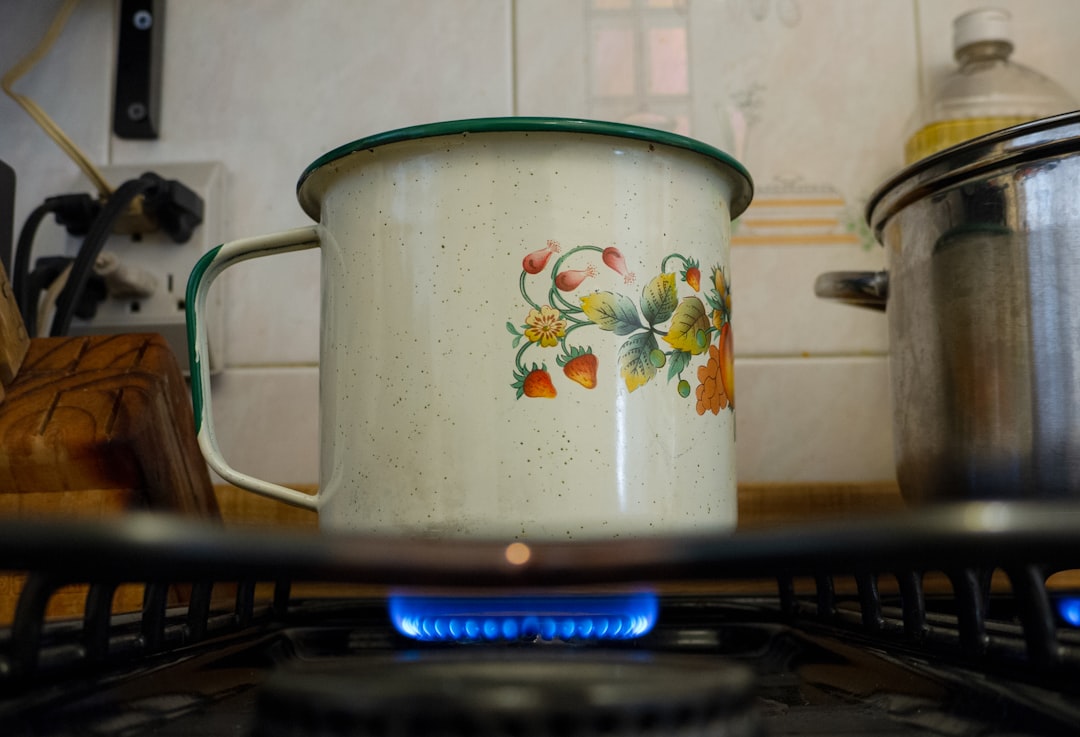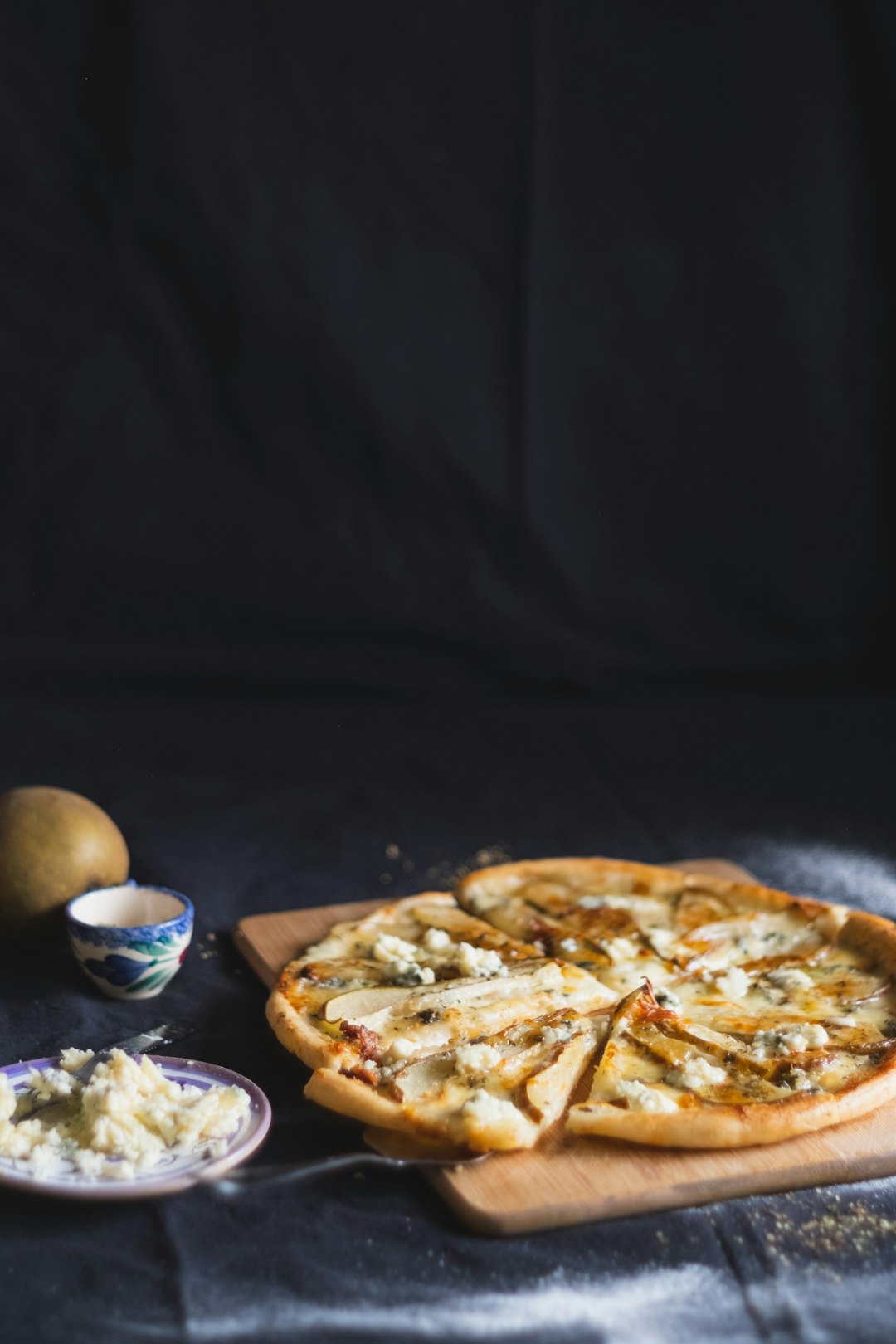
Embarking on the journey of baking cookies is a delightful adventure, filled with the promise of warm, buttery treats straight from the oven. One of the key elements that can elevate your cookie - baking game is understanding the science behind substituting cake flour in your recipes. In this article, we'll explore the ins and outs of this substitution and provide you with tips to make your best batch of cookies yet.
First, let's understand the difference between cake flour and all - purpose flour, which is commonly used in cookie recipes. Cake flour is milled from soft wheat, resulting in a finer texture and lower protein content compared to all - purpose flour. The lower protein means less gluten formation when the flour is mixed with liquid. Gluten is a protein network that gives structure to baked goods. In cookies, too much gluten can lead to a tough and chewy texture, while less gluten can result in a softer, more tender cookie.
When you substitute cake flour for all - purpose flour in your cookie recipe, you're essentially aiming for a lighter and more delicate cookie. For example, if you're making chocolate chip cookies, using cake flour can transform them from a traditional, slightly chewy cookie to a melt - in - your - mouth, buttery delight. However, it's important to note that a direct one - to - one substitution might not always work perfectly. You may need to make some adjustments to other ingredients in the recipe.
One of the main adjustments you might need to make is in the amount of liquid. Since cake flour absorbs less liquid than all - purpose flour, you may need to reduce the amount of milk, water, or other wet ingredients in your recipe. Start by reducing the liquid by about 10 - 15% and then adjust as needed. You can also add a bit more fat, such as butter or oil, to compensate for the lack of gluten and to keep the cookies moist and tender.
Another tip when using cake flour in cookies is to be careful with the mixing process. Over - mixing can still lead to some gluten formation, even with cake flour. So, mix the ingredients just until they are combined. This will help maintain the soft and tender texture of the cookies.
Now, let's talk about some specific recipes where substituting cake flour can make a big difference. Sugar cookies are a classic example. With cake flour, sugar cookies become even more buttery and crumbly, making them perfect for decorating. You can roll them out thinner without worrying about them becoming too tough. For peanut butter cookies, cake flour can give them a lighter and fluffier texture, while still maintaining that rich peanut butter flavor.
When it comes to baking time and temperature, you may also need to make some adjustments. Since cake flour cookies are more delicate, they may bake faster than those made with all - purpose flour. Start by reducing the baking time by a couple of minutes and keep a close eye on the cookies as they bake. You can also lower the oven temperature slightly to prevent the edges from burning while the center is still raw.
To ensure the best results, sift the cake flour before using it. Sifting helps to aerate the flour, making it lighter and easier to incorporate into the other ingredients. It also helps to break up any clumps that may have formed during storage.
In conclusion, substituting cake flour in your cookie recipes can open up a whole new world of deliciousness. By understanding the science behind the substitution and making the necessary adjustments to ingredients, mixing, and baking, you can create cookies that are soft, tender, and absolutely irresistible. So, the next time you're in the mood for some homemade cookies, don't be afraid to reach for that bag of cake flour and let your creativity soar in the kitchen.
